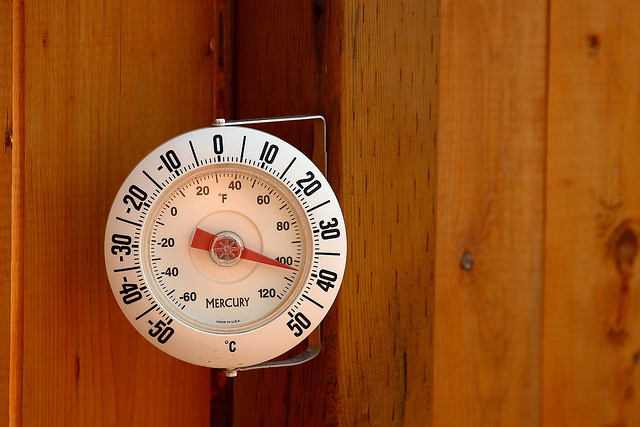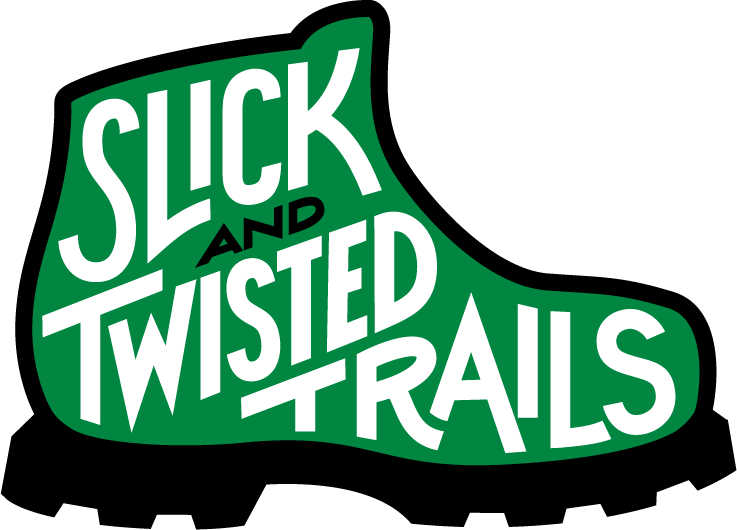
Drink lots of water. Wear a hat. Rest in the shade.
You know to do this basic stuff when hiking in the piercing heat, right? I sure hope so, ‘cause I’m not gonna waste your time by going over it. Instead, this article will serve up a quartet of heat-beating trekking tips many hikers don’t think of.
If you’re a veteran trail-junkie, you already know what happens when you’re not prepared for hiking in hot weather: you feel weak, dizzy and sicker than that time you chugged a Corona before riding the Mindbender (OK, maybe that wasn’t you). So check out these little-known ways to dodge the heat so you can really enjoy that sweet sunshine while on the trail.
Don’t ever check the temperature
If you think it’s hot out, you’re more likely to be affected by the heat. It’s true: One U.K. study found that cyclists who were told that it was 79 degrees out when it was really 89 degrees were able to ride a half-mile farther that the suckers who knew the real temperature.
The lesson here? Ignorance is bliss. Delete that temperature app off your iPhone and keep the thermometer at home. Of course, this trick won’t technically keep you cool, but not knowing how sweltering it is just might give you that extra little edge on the trail.
Use hydration supplements strategically
Your speed and power start to decline after a mere 3-4% drop in body fluid. And if you’re going hard in the heat, you might benefit from more than just water for hydration. Sports drinks can be useful for replenishing lost carbs and sodium, but make sure you know exactly what you’re getting before you chug-a-lug.
A 2009 study found that drinks with only a 3% concentration of carbs (much less than most sports drinks) provided faster fluid absorption than both sugary beverages and water alone. Check out this recent chart published by Outside Magazine that gives you more details on the pros and cons of several drinks.
Powdered sports drinks are a handy way to get sodium and carbs, which prevent muscle cramps and a bunch of other problems, without weighing down your pack. You can also try Emergen-C vitamin mix to boost your intake of carbs and electrolytes (but it doesn’t taste all that great) while SUCCEED S-Caps
are also useful for long-haul treks. These capsules are packed with salt and potassium that the body can absorb more easily. Fun fact: S-Caps were apparently designed by a chemist that does 100-mile marathons.
Cool your feet first
Everyone seems to focus on finding the perfect clothing for hiking in hot weather. There’s debate over what type of synthetic fiber is most effective for releasing heat and whether shorts or pants are the best way to go. And that’s all fine, as long as you don’t forget about your feet.
If your feet aren’t comfortable, your performance on the trail will suffer. It’s easy to simply shrug off a long-sleeve shirt when the mercury spikes, but adjusting your footwear on the trail, especially when backpacking, can be an ordeal.
Start with the right socks. Forget cotton – it breathes well when dry, but once your feet start sweating that added moisture can boost bacteria growth and lead to foot fungus. Go for good ol’ fast-drying, easy-breathing wool. You can also find some wool-blended socks as well that can reduce the itch, if you’re bothered by that sorta thing. If you’re worried that wool will still be too hot, give Thorlo Coolmax socks
a try. They’re designed to wick moisture away from your feet and also have a ventilation panel.
If you plan on doing a lot of hiking in hot weather, ponder investing in some solid boots designed for scorching terrain. One killer pair is the Asolo Fugitive GTX . These are among the highest-rated boots for hot-weather hiking. They include a waterproof membrane that keeps the moisture away from your feet, but at more than $200 a pop these aren’t the cheapest option around.
You can also check out the Vasque Breeze GTX, which are made with super-breathable material. However, these boots aren’t built for tough long-distance backpacking treks.
Start hydrating before the trek
Never start your hike thirsty. It’s essential that you drink a whole lot of water the day before your epic trek. That way, when you hit the trail your body isn’t reeling from lack of hydration to start with. Guzzling some electrolytes, potassium and carbs beforehand wouldn’t hurt either.
How much you drink before your hike depends on how far you’re going and what kind of conditions you’ll be dealing with. As a general rule of thumb, aim for at least a litre (about one quart) of water for every five kilometres (three miles) you plan to trek the next day. But don’t overdo it — it is possible to overhydrate.
And once you’re on the trail, try to drink a bit of water every 30 minutes. Don’t guzzle it down — small sips will help your body distribute the water through your system more efficiently.
And obviously, on top of these tips, do all the usual stuff that your old Scout leader drilled into your head. Shade. Hat. Rest. All the basics. And if I missed a little-known tip for hiking in hot weather, please fill me in by sharing your wisdom in the comments below.
Do you prefer the trails less travelled?
Join like-minded trekkers by signing up for the S&TT e-mail list. Every week, you’ll get:
- Profiles of little-known hiking destinations
- Gear reviews and tips for backpackers and hikers
- Feature articles on strange and off-beat hiking
Plus we’re 100% spam-free (and proud of it)


